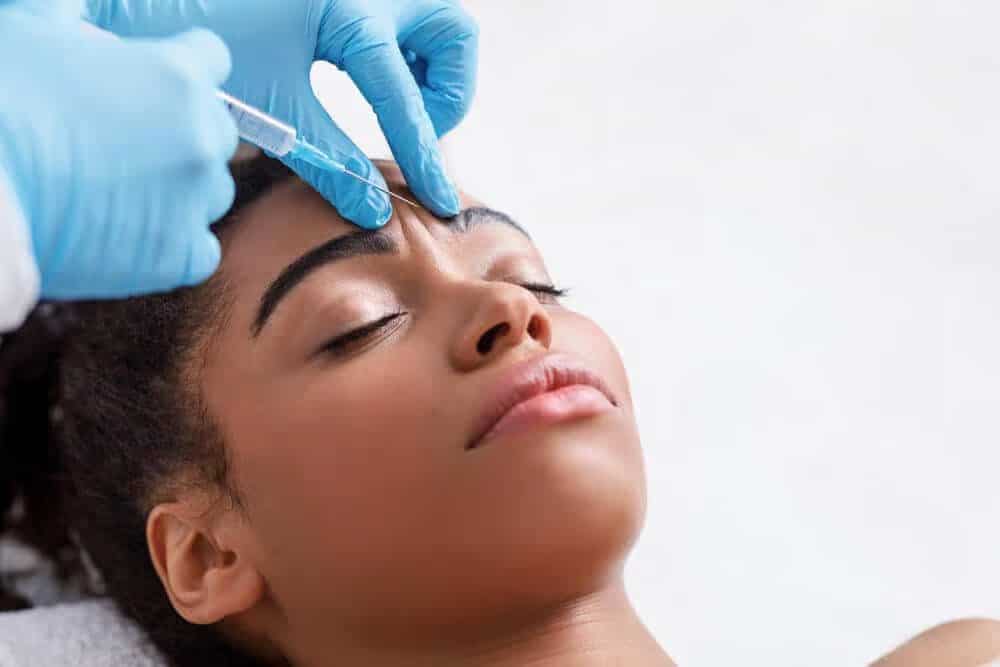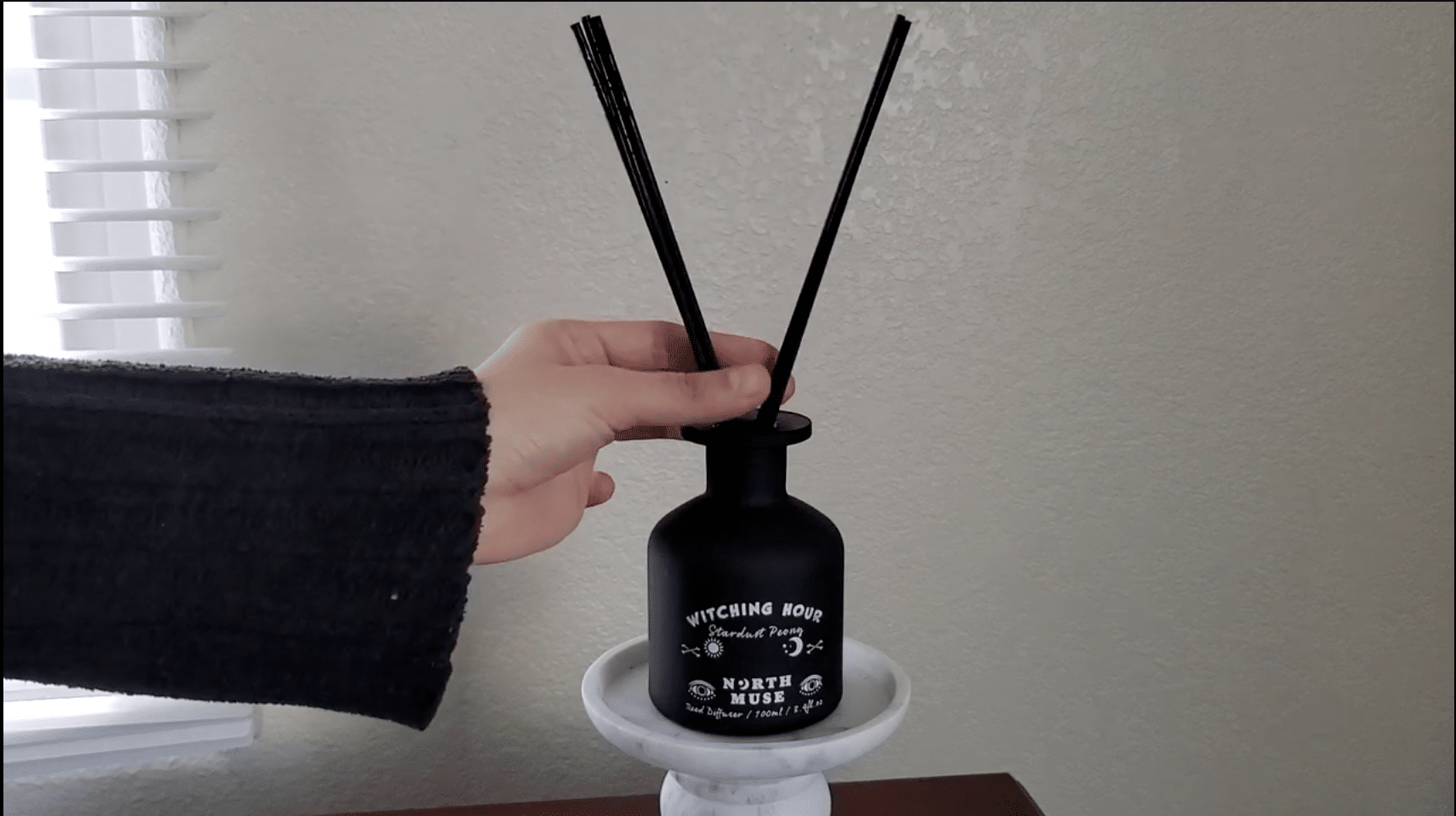Filler vs. Botox: Which is Right for You?
Filler vs. botox are popular non-surgical face treatments that aim to reduce the signs of aging by smoothing wrinkles and enhancing facial contours. Dermal fillers are gel-like substances injected beneath the skin to restore lost volume, smooth lines, soften creases, or enhance facial contours.
On the other hand, at-home botox treatments involve injecting botulinum toxin to temporarily paralyze muscle activity, notably reducing the appearance of dynamic wrinkles caused by facial expressions.
How Botox Works: Targeting Dynamic Wrinkles
The Science Behind
These treatments work by targeting the underlying causes of dynamic wrinkles, which are the lines that appear from repetitive facial movements such as frowning, smiling, or squinting.
The active ingredient in Botox, botulinum toxin, temporarily paralyzes the small facial muscles responsible for these expressions. By doing so, Botox helps smooth out the skin’s surface and reduces the appearance of existing wrinkles.
This non-surgical treatment is particularly effective for areas of the face that are prone to movement, offering a less invasive alternative to more complex procedures.
The most common areas where Botox injections are applied include the forehead, around the eyes (also known as crow’s feet), and between the eyebrows (frown lines).
Preventing New Wrinkles
Apart from treating existing wrinkles, Botox treatments are also proactive in preventing the formation of new wrinkles. By reducing muscle activity, Botox can delay the onset of additional dynamic wrinkles in treated areas.
This preventative measure is particularly appealing to younger adults who wish to maintain a youthful appearance as they age.
Regular sessions can be a strategic part of anti-aging treatments, helping to keep the skin smooth and less prone to the typical signs of aging caused by facial expressions.
How Long Does the Results Last
The effects are temporary, with results typically lasting between 3 to 6 months. The duration can vary based on several factors including the individual’s muscle tone, the amount of product used, and the area treated.
Regular follow-up sessions are necessary to maintain a smooth appearance as the botulinum toxin gradually wears off.
Planning for botox touch-ups is a key consideration for anyone considering this treatment, as consistent maintenance is needed to continue reaping the benefits of reduced wrinkles and a smoother complexion.
How Dermal Fillers Work: Restoring Volume and Smoothing Static Wrinkles
The Role of Hyaluronic Acid and Collagen
Also commonly referred to as facial fillers, play a crucial role in cosmetic dermatology by restoring lost volume and smoothing out static wrinkles.
The effectiveness of these ingredients in combating signs of aging stems from their biocompatibility and ability to integrate seamlessly with the body’s tissues. Here’s how they work:
- Hyaluronic Acid: Once injected, it acts like a sponge, swelling as it absorbs water, which plumps the skin immediately at the injection site. This not only smooths out wrinkles but also adds a subtle volume that can enhance the overall youthfulness of the face.
- Collagen: This protein is vital for maintaining the structural integrity of the skin. When used in fillers, it helps to rebuild the skin’s natural support structures. Over time, the injected collagen stimulates the body’s collagen production, further enhancing skin elasticity and firmness.
- Combined Benefits: Together, hyaluronic acid and collagen provide a comprehensive rejuvenation strategy. Hyaluronic acid offers immediate improvement by adding volume, while collagen builds long-term enhancements by reinforcing the skin’s natural structure.
The strategic use of these substances ensures that the results are not only immediate but also durable, with effects potentially lasting up to 12 months or more, depending on the specific product used and individual patient factors.
Best Areas
Filler treatments at-home are not recommended, but professional dermal fillers can dramatically enhance specific facial areas, particularly the cheeks, lips, and nasolabial folds.
The cheeks are a popular choice for fillers because adding volume here can lift the entire face, creating a more youthful appearance. For the lips, fillers can provide definition, enhance shape, and increase volume, resulting in a fuller, balanced look.
Nasolabial folds, the lines running from the sides of the nose to the corners of the mouth, can also be softened significantly. Filling these areas helps to reduce the appearance of these folds, often resulting in a fresher and more rejuvenated facial aesthetic.
Difference Between Filler vs. Botox At-Home Treatments: Risks and Considerations
Importance of Professional Injections
Injecting Botox or fillers is not merely a cosmetic procedure but a medical intervention that demands sterile conditions and expert handling to avoid adverse effects. Here are the reasons professional injections are essential:
- Understanding of Facial Anatomy: Certified practitioners have a detailed understanding of facial muscles and structures, which is critical for placing injections accurately to achieve the desired aesthetic outcome without compromising facial expressions.
- Access to Quality Products: Professionals have access to high-quality, medical-grade products that have been approved for safety and effectiveness. The use of substandard products can lead to unsatisfactory results or health risks.
- Aseptic Techniques: In a medical setting, strict sterile techniques prevent infection risks, which are significantly higher with at-home kits.
- Proper Aftercare: Professionals not only provide treatment but also offer essential aftercare advice to minimize complications and enhance the healing process.
- Emergency Response: In rare cases, immediate medical response to allergic reactions or other adverse effects can be life-saving. Professional settings are equipped to handle such emergencies promptly.
The practitioner’s expertise in assessing individual facial features and understanding the nuances of how different substances interact with the body plays a pivotal role in achieving natural-looking results.
Mobile Med Spa Options
For those seeking the convenience of at-home treatments with the safety and expertise of professional care, mobile med spas offer a compelling solution.
These services bring licensed professionals with all necessary equipment directly to the client’s home. This model provides the benefits of personalized, professional treatments in a comfortable and private setting, ensuring that procedures are performed safely and effectively.
Mobile med spas adhere to the same health and safety regulations as traditional clinics, using sterile techniques and high-quality products, thereby minimizing the risks associated with at-home treatment kits.
Recovery Time for Filler vs. Botox
What to Expect After Botox Injections
Patients typically experience minimal downtime, allowing them to return to their daily activities almost immediately. Common side effects are usually mild and can include temporary redness, swelling, or bruising at the injection sites, all of which generally resolve within a few hours to a couple of days.
Patients need to avoid rubbing or massaging the treated areas for at least 24 hours to prevent the toxin from spreading to adjacent muscles. Results start to become noticeable within a few days, achieving full effect about two weeks after treatment.
What to Expect After Filler Treatments
Similar to Botox, side effects such as swelling, redness, and bruising can occur but are typically mild and temporary. Unlike Botox, fillers may require a slightly longer recovery period, especially if a significant volume of filler is used or if sensitive areas like the lips are treated.
Patients are advised to avoid strenuous activities and extensive sun or heat exposure for about 24-48 hours post-treatment to ensure optimal results and minimize swelling.
It’s important to consider not only the immediate effects but also the long-term outcomes of your chosen procedure. Regular maintenance and follow-up treatments are crucial for both Botox and fillers to sustain their anti-aging benefits.
Consulting with a certified dermatologist or cosmetic surgeon who understands your aesthetic desires and can tailor treatments to your individual needs is essential. They can provide guidance on the most effective treatment combinations and schedules for your skin type and aging concerns.







